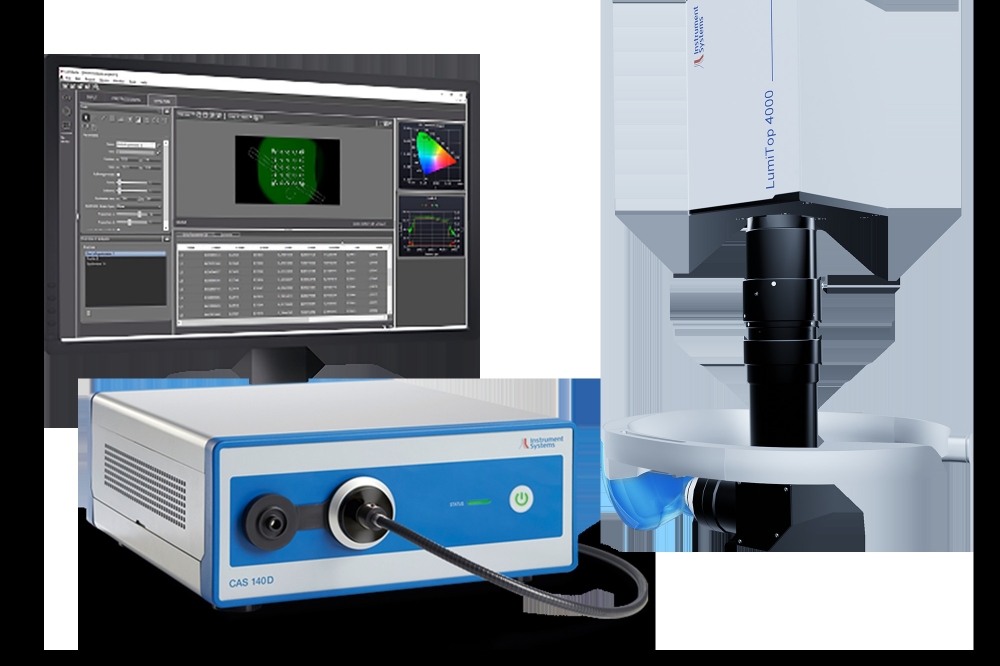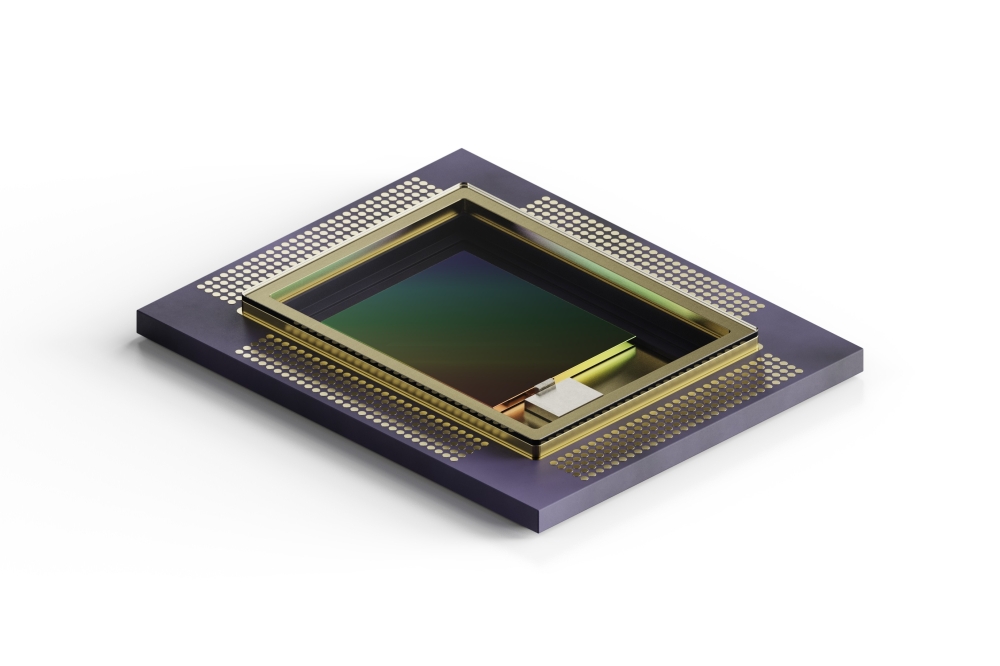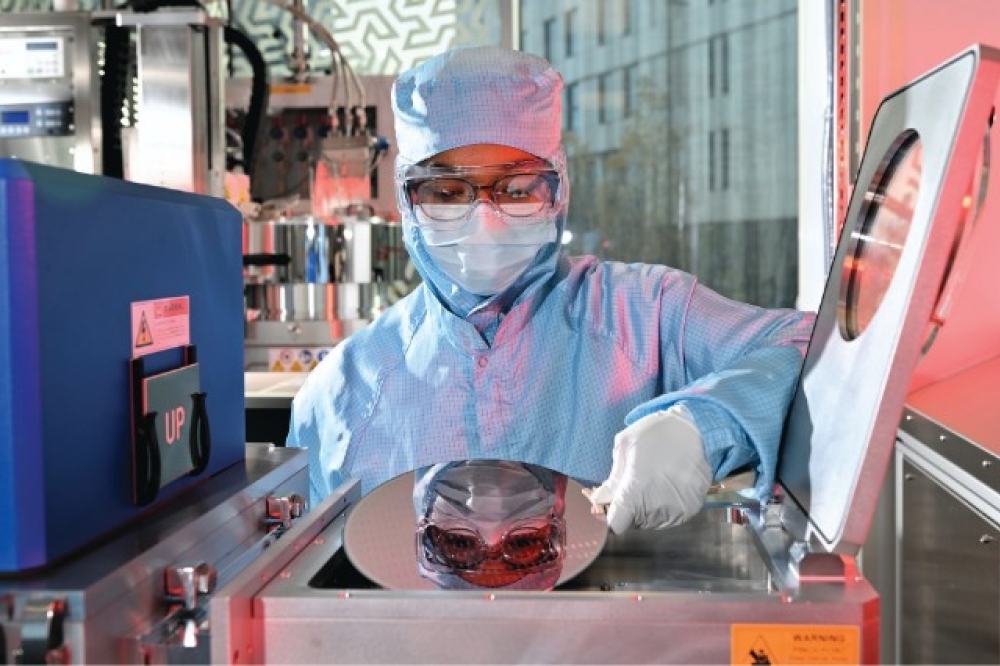Characterisation of VCSELs, µLEDs and AR/VR displays

At SPIE Photonics West 2023, Instrument Systems will be displaying fast, high-resolution spectroradiometers
At SPIE Photonics West 2023 (28 January – 2 February 2023, San Francisco, USA) Instrument Systems will be showing its spectroradiometers and combined measurement solutions with absolutely calibrated cameras.
Different model variants of the spectrally enhanced LumiTop 2D imaging colorimeter are available and are suited to μLED array testing. The LumiTop AR/VR with periscope lens permits parallel 2-eye measurements for AR/VR headsets, even in confined spaces.
Using a one-shot process, the VTC infrared camera simultaneously measures the spatial polarisation of the individual emitters of a VCSEL array and delivers the information necessary to reduce the polarisation dependence of the measurement setup.
All systems are available for lab use and production applications with a focus on faster takt times. At the concurrent SPIE AR/VR/MR conference, Instrument Systems will be contributing a poster presentation on the subject of “Validating distortion measurements of wide-field-of-view near-eye displays.”
Optical tests for AR/VR headsets
A perfect user experience with AR/VR headsets calls for extensive fast, high-precision optical testing in production. With this challenge in mind, Instrument Systems offers the specially developed LumiTop AR/VR 2D imaging colorimeter. The AR/VR lens of the LumiTop simulates the human eye as realistically as possible and measures colour and luminance as seen by the eye.
The periscope design enables synchronised 2-eye measurements. The proven LumiTop principle is said to guarantees fast, traceable and highly accurate measurements. Instrument Systems will also be contributing a technical talk at the concurrent SPIE AR/VR/MR Conference. The subject of the paper delivered by Tobias Steinel will be 'Validating distortion measurements of wide-field-of-view near-eye displays.'
Polarisation-controlled VCSEL testing
Instrument Systems will be presenting its recent award-winning VTC 4000 infrared camera for the near-field analysis of narrow-band emitters such as VCSELs or lasers. Industry-standard VCSELs emit in more than one polarisation state with different polarisation angles, thus obstructing error-free measurement.
Thanks to the one-shot process, the VTC 4000 simultaneously measures the spatial polarisation of individual emitters of an array and delivers the necessary information, in order to reduce the polarisation dependence of the measurement setup. This procedure minimises the error budget of the VCSEL test system and delivers highly accurate readings for eye safety of the laser source. Manufacturers can then exploit the full performance efficiency of VCSELs/lasers while guaranteeing safe operation.
Measurement system for μLED testing cancels out heating effect
The spectrally enhanced LumiTop 4000 2D imaging colorimeter is suited to the testing of μLED arrays in AFS applications. The 12 MP camera simultaneously measures the individual LEDs of the array and, due to its high measurement speed, avoids the temperature dependence of high-performance LEDs. In combination with a CAS 140D high-end spectroradiometer, the system – calibrated to luminance (in cd/m2) – delivers highly accurate readings. It is thus suitable for the quality control of uniformity, brightness and color in μLED arrays.


































